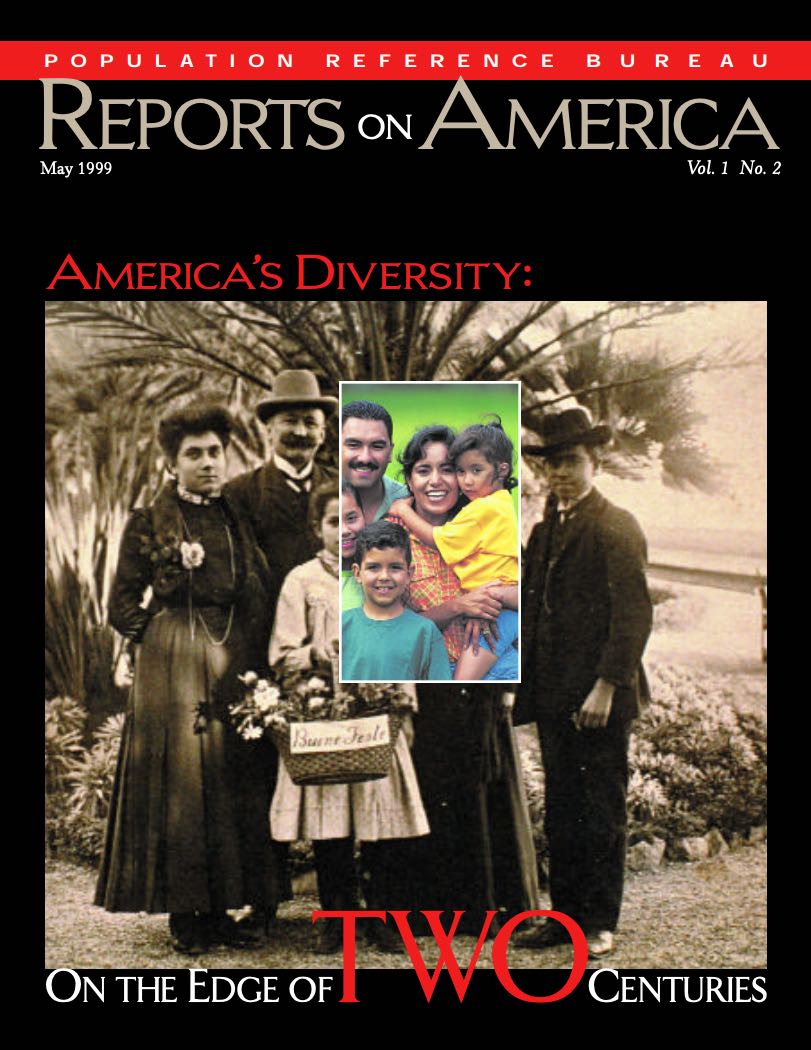Project: Center for Public Information on Population Research (CPIPR)
491 Search Results Found For : " ㅿ 바둑이용어 ㈁ rzu427.top ㉺ 호텔카비노 ㅩ 에볼루션 바카라사이트 추천 ㉳ 인터넷바카라 배당 ㉫ 실시간울카지노 ㄾ LIVE ㉸ 온라인카지노 먹튀 ㈃ 커미션 슬롯 뜻"
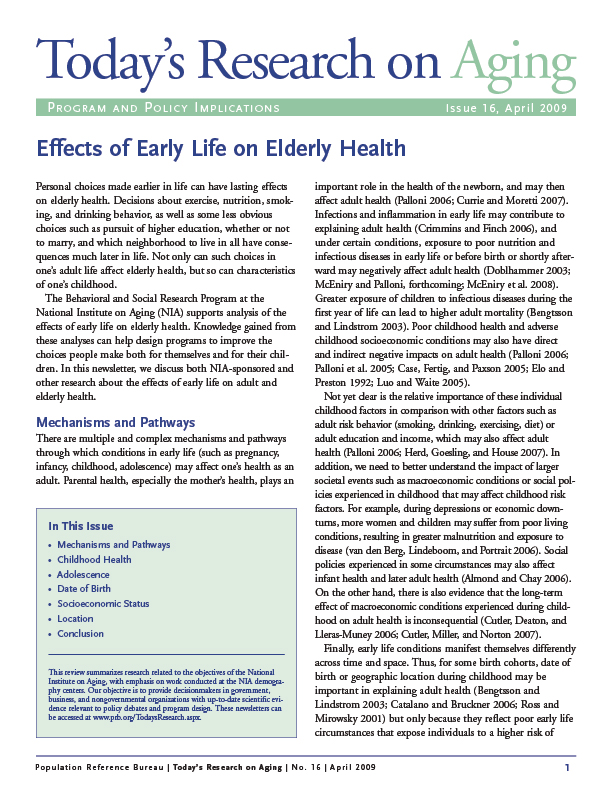
Project: Demography and Economics of Aging and Alzheimer’s Disease
Today’s Research on Aging, Issue 16: Effects of Early Life on Elderly Health
(2009) Personal choices made earlier in life can have lasting effects on elderly health. Decisions about exercise, nutrition, smoking, and drinking behavior, as well as some less obvious choices such as pursuit of higher education, whether or not to marry, and which neighborhood to live in all have consequences much later in life.
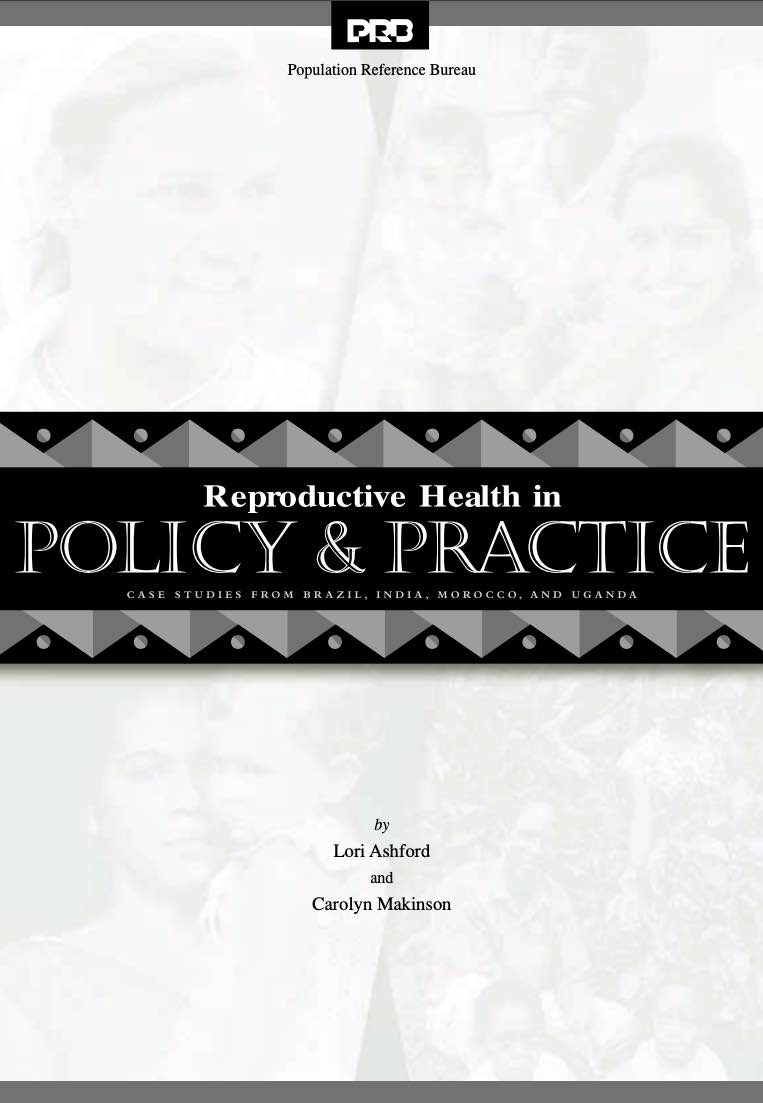
Reproductive Health in Policy & Practice: Case Studies From Brazil, India, Morocco, and Uganda
Population Losses Mount in U.S. Rural Areas
(2008) Despite rapid population growth in parts of the U.S. South and West, 43 percent of all counties lost population since 2000-nearly twice the number of counties that lost population during the 1990s (1,346 counties vs. 689 counties).
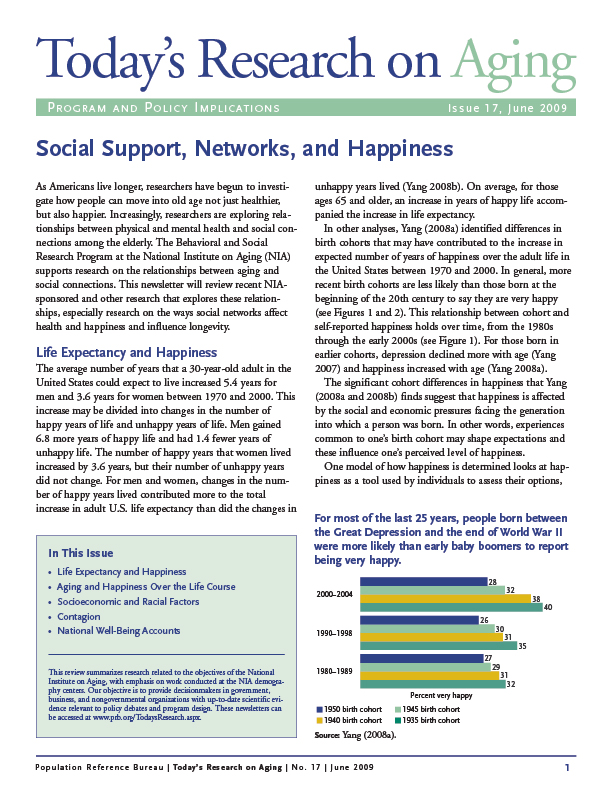
Project: Demography and Economics of Aging and Alzheimer’s Disease
Today’s Research on Aging, Issue 17: Social Support, Networks, and Happiness
(2009) As Americans live longer, researchers have begun to investigate how people can move into old age not just healthier, but also happier. Increasingly, researchers are exploring relationships between physical and mental health and social connections among the elderly.
In Arab Countries, Mobile Internet and Social Media Are Dominant, but Disparities in Access Remain
(2012) Arab countries continue to rapidly gain access to mobile cellular and to a smaller extent, mobile and wireless Internet, but lag behind in access to fixed broadband Internet access at home, according to the report ICT Adoption and Prospects in the Arab Region 2012.1
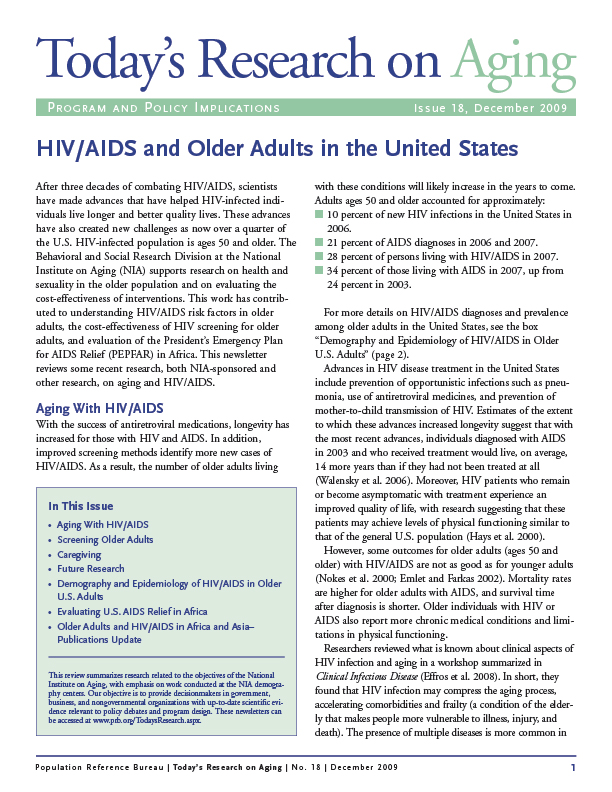
Project: Demography and Economics of Aging and Alzheimer’s Disease
Today’s Research on Aging, Issue 18: HIV/AIDS and Older Adults in the United States
(2009) After three decades of combating HIV/AIDS, scientists have made advances that have helped HIV-infected individuals live longer and better quality lives. These advances have also created new challenges as now over a quarter of the U.S. HIV-infected population is ages 50 and older. This newsletter reviews some recent research, either sponsored by the U.S. National Institute on Aging or by other organizations, on aging and HIV/AIDS.
